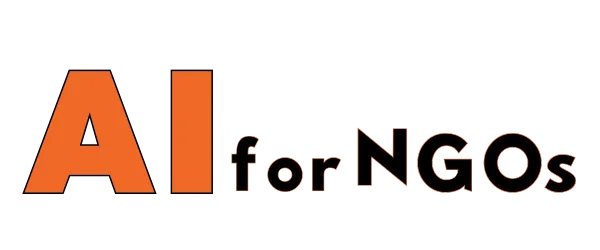Educational inequality is a significant issue that affects millions of children worldwide. According to the United Nations, more than 265 million children are out of school, and those who do attend often face disparities in access to quality education. Non-Governmental Organizations (NGOs) play a crucial role in addressing this gap, and many are leveraging technology, particularly Artificial Intelligence (AI), to provide innovative solutions and bridge disparities in education.
The Role of NGOs in Education
NGOs focused on education work tirelessly to ensure that all children, regardless of their background or economic status, have access to quality education. They often operate in regions where government resources and infrastructure for education are limited, making their role even more critical.
NGOs provide a range of services, such as building schools, providing scholarships, training teachers, and developing educational programs. However, one of the biggest challenges they face is reaching marginalized communities and ensuring that every child has equal opportunities to learn.
Technology as a Game-Changer in Education
Technology, specifically AI, has emerged as a game-changer in bridging education disparities. NGOs are increasingly incorporating AI-driven solutions into their programs to improve learning outcomes, enhance access to education, and personalize learning experiences for students.
AI-powered tools can analyze student data and provide personalized recommendations to help students learn at their own pace. This is particularly beneficial for children in underserved communities who may benefit from individualized instruction tailored to their needs.
Examples of NGOs Using AI in Education
Several NGOs are leading the way in using AI to bridge education disparities. One such example is Code.org, which provides free coding lessons to children worldwide. By using AI algorithms, Code.org can personalize the learning experience for each student, making it more engaging and effective.
Another example is the Open Learning Exchange (OLE) Nepal, which uses AI to create digital learning materials in local languages for children in remote areas. By leveraging AI, OLE Nepal can adapt the content to meet the unique needs of each student, making education more accessible and inclusive.
Challenges and Opportunities
While the use of AI in education by NGOs holds great promise, there are also challenges that must be addressed. One of the main concerns is the potential for AI to perpetuate biases in the education system. NGOs must ensure that AI algorithms are free from bias and promote equality and diversity in education.
Another challenge is the digital divide, as not all students have access to technology or the internet. NGOs must work to ensure that AI-driven solutions are accessible to all children, regardless of their socioeconomic status.
Conclusion
Closing the education gap is a monumental task that requires the collective efforts of governments, NGOs, and the private sector. By leveraging technology, particularly AI, NGOs are making significant strides in bridging disparities in education and providing equal opportunities for all children to learn and succeed. The use of AI in education has the potential to revolutionize the way we teach and learn, making education more personalized, inclusive, and effective.
FAQs
Q: How do NGOs benefit from using AI in education?
A: NGOs can benefit from using AI in education by providing personalized learning experiences, improving learning outcomes, and reaching marginalized communities more effectively.
Q: What are some examples of AI-powered tools used by NGOs in education?
A: Examples of AI-powered tools used by NGOs in education include personalized learning platforms, adaptive learning algorithms, and data analytics tools for student performance tracking.
Q: How can NGOs ensure that AI algorithms are free from bias?
A: NGOs can ensure that AI algorithms are free from bias by collecting diverse and representative data, regularly auditing algorithms for biases, and incorporating ethical guidelines into AI development processes.









